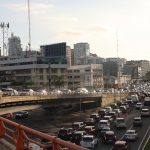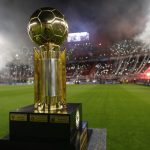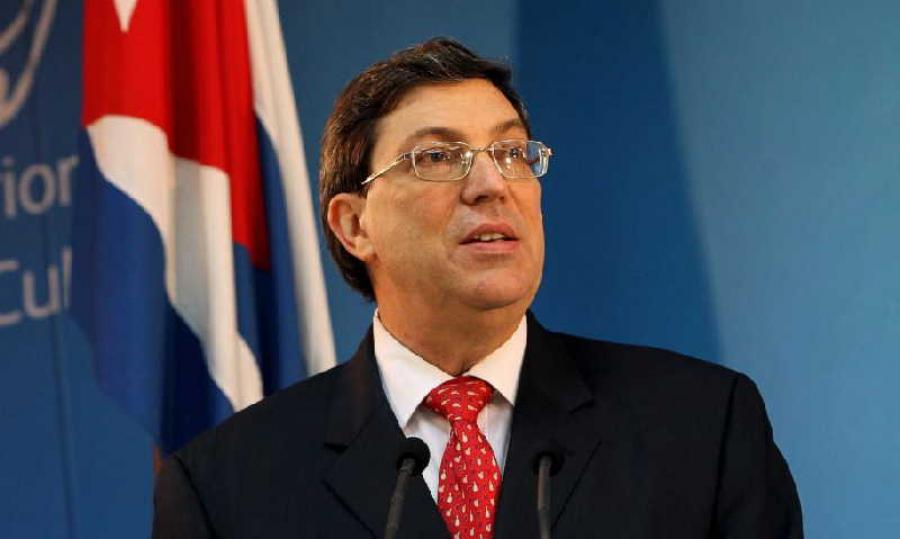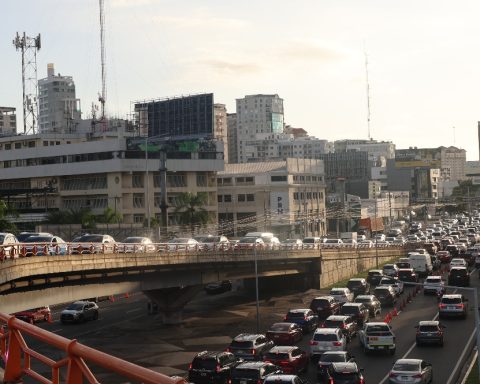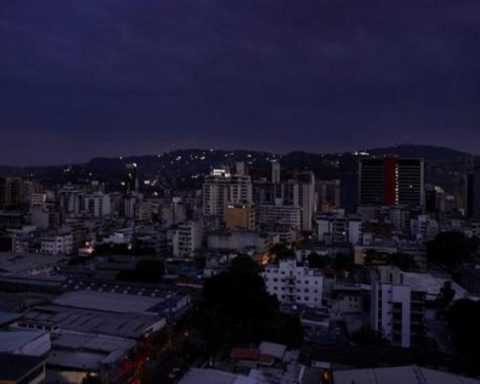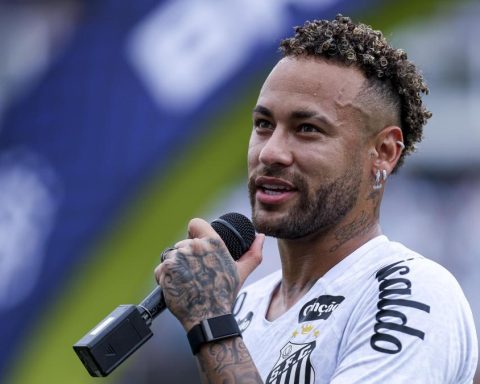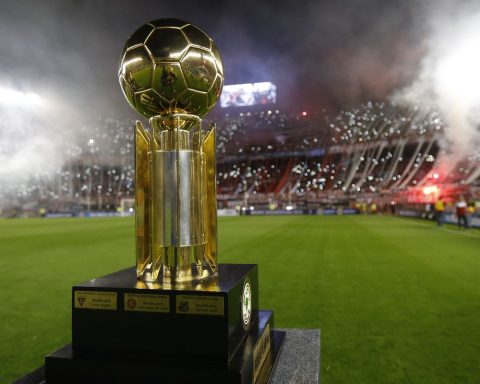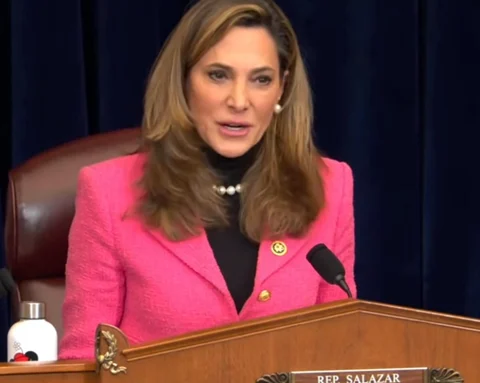Organizations and leaders of Buenos Aires Kirchnerism that meet periodically in the town of Ensenada called for an act to be held in Avellaneda next Saturday, March 11 under the slogan “Fight and return”, mythical for Peronism, together with the phrase “Christina 2023”.
Among the conveners are representatives of politicians, trade unions and social organizations, in particular mayors, legislators and officials from Axel Kicillof’s cabinet, who seek to create the conditions to “break the ban” that weighs on Vice President Cristina Kirchner, as they warn in each statement. .
One of the spaces that participates in the organization is the group La Patria es el Otro, recently launched, which brings together political and social organizations and is led by the Minister of Development of the Buenos Aires Community, Andrés ‘Cuervo’ Larroque.
The act of Saturday, March 11, was convened with the format of a plenary session of the militancy and will be held at the Avellaneda property of the National Technological University (UTN), located at Ramón Franco 5050 street in that commune: so far no The presence of the Vice President is confirmed.
☀️?? FIGHT AND COME BACK✌?
50 years after the popular triumph that brought Perón back to the presidency, we meet again in a plenary session of the militancy.
?️ March 11.
? Ramón Franco 5050, Avellaneda.
? 16 pm. pic.twitter.com/3TSxgNB0GF— The Homeland is the Other (@patriaeselotrok) March 3, 2023
One of the keys to the day will be, in any case, publicly expressing support for the former president after the verdict of the Federal Oral Court (TOF) 2 that issued her special perpetual disqualification in the first instance, and to demand that she be a candidate in the next elections.
Governor Axel Kicillof, Deputy Máximo Kirchner, Larroque himself, Deputy and Secretary General of the CTA Hugo Yasky, union members Omar Plaini (canillitas) and Roberto Baradel (Suteba) usually participate in the Kirchnerism table that usually meets in Ensenada. ), the Minister of Provincial Government Cristina Álvarez Rodríguez, the head of the Cultural Institute of the Florencia Saintout province, the provincial senator Teresa García and mayors such as the local Mario Secco, Jorge Ferraresi (Avellaneda), Mayra Mendoza (Quilmes), Pablo Zurro ( Pehuajó), Gustavo Barreda (Villa Gesell) and Fabián Gagliardi (Berisso), among other names.
The call to the meeting is already circulating on the networks with the slogan “Fight and return”, the same one that Peronism used in the resistance stage to fight against the ban on former president Juan Domingo Perón and force his return after almost 18 years of exile. .
“50 years after the popular triumph, fight and come back. Cristina 2023,” say the ‘flyers’ (digital poster) that several Kirchnerista leaders published on their Twitter accounts this Friday.
One of the keys to the day will be to publicly express support for the former president after the verdict of the Federal Oral Court (TOF) 2 that issued her special perpetual disqualification in the first instance, and to demand that she be a candidate in the next elections
The date chosen for the act is no coincidence: March 11, 1973 marked the return of Peronism to an electoral contest after 18 years of proscription, with the candidate of the Justicialista Liberation Front (Frejuli) being elected president, Héctor Cámpora, who had with the support of Perón, who could not be a candidate.
For these elections, the dictator Agustín Lanusse established a series of conditions and changes in the electoral regime that hindered the participation of Perón himself as a candidate and that, according to his plans, would also reduce the chances of a triumph of Peronism.
Thus it was that he imposed a clause by which all those leaders who wanted to compete in the election had to set their domicile in the country on August 25, 1972, which excluded the leader of the National Justicialista Movement because on that date he was still in Spain.
One of the spaces that participates in the organization is the group La Patria es el Otro, recently launched, which brings together political and social organizations and is led by the Minister of Development of the Buenos Aires Community Andrés ‘Cuervo’ Larroque
And the other rule that sought to complicate Peronism was the establishment of the second ballot at 50%, so if the winning candidate did not obtain half of the votes, he would have to compete with the second in the second round: Lanusse’s expectation was that Frejuli, without Perón on the ballot, could not reach that percentage.
One of the objectives of Perón’s return on November 17, 1972 was that this clause would not be in force and that he could be a candidate anyway, but he did not succeed, so he returned to Europe in December of that year and recently returned. definitively to Argentina on June 20, 1973.
Finally, in the call to the polls on March 11, 1973, the formula of the Peronist front and its allies, made up of Héctor J. Cámpora and Vicente Solano Lima, was the winner, obtaining 49.53% of the votes.
Although Frejuli did not reach 50%, the candidate who had come second with 21.29% -the radical Ricardo Balbín- announced that he was withdrawing from the ballot and recognized Cámpora’s victory.







